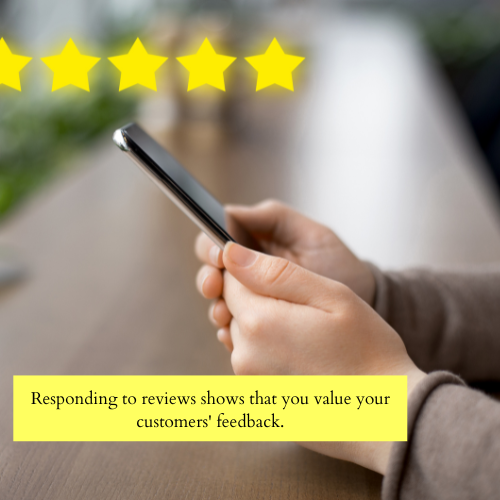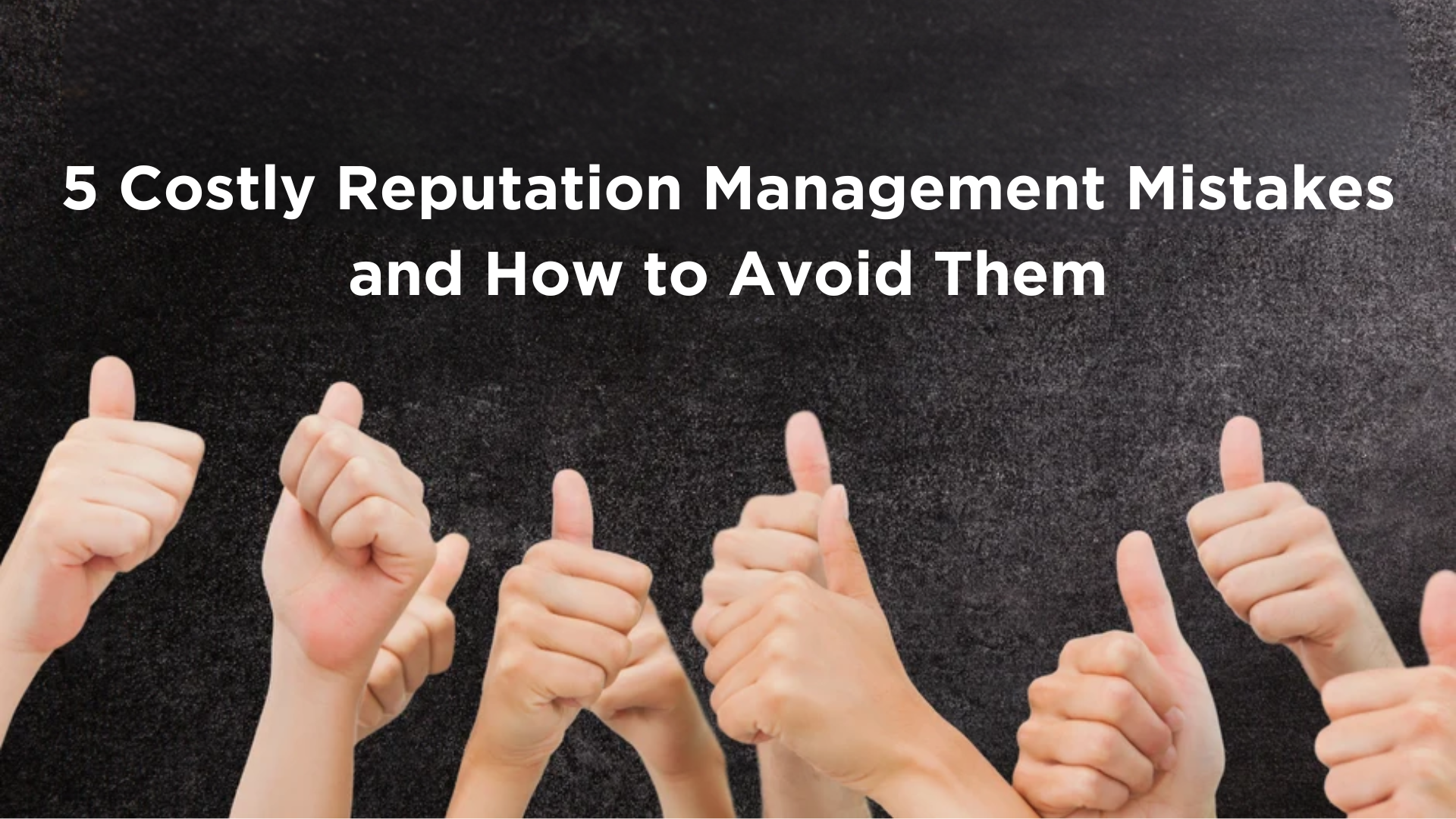For businesses, online reviews wield huge power when standing out in today’s online competition. They can leverage your business’s reputation, influence customers’ choices, and offer critical insights into your operations. Whether it’s nice praise or savage criticism, how you’re responding to reviews can either break or make the reputation of your business. That leads to the art of crafting the perfect response — a great skill that every business owner must learn.
In this blog post, we’ll discuss various tips and strategies for responding effectively to both negative and positive reviews.
The Power of Reviews in the Digital Era
It's no secret that customer reviews are vital in online marketing. According to research, most shoppers say online reviews influence their purchasing decisions. Reviews not only serve as endorsements or warnings; they are gateways to persuade or turn customers away. Your responses to reviews shouldn't be a mere afterthought but a well-executed strategy.
Why Respond to Reviews?
Responding to reviews reveals that you value your customers' feedback. It also shows that your business is committed to continuous improvement. It demonstrates professionalism, builds trust, and can turn negative feedback into a positive experience. Moreover, potential customers often check review responses to find out about a business's customer service and responsiveness.
1. Build Customer Trust: Engaging with customers who provide feedback shows that your business values customers’ insights, and is committed to providing a satisfying experience.
2. Improve SEO Efforts: Review responses contribute to ranking local businesses in platforms like Google.
3. Enhance Customer Retention: Acknowledging concerns and praise can turn new customers into loyal patrons.
4. Utilize Constructive Feedback: When handled properly, reviews often provide insights that can help you improve your products or services.

Responding to Positive Reviews
It's easy to celebrate in the shimmer of a positive review but keep in mind that responding effectively can amplify its benefits. Here are some tips to consider:
1. Express Gratitude
When replying to a positive review, always start by thanking the reviewer. A simple “Thank you for your kind words” can go a long way in showing appreciation.
2. Personalize your response
When a customer takes the time to create something nice, a generic “thank you" may not suffice. It may sound still ‘empty’ without additional words of appreciation. But when you send a personalised response, it shows attention to detail and genuine gratitude.
Example:
“Thank you, Jennifer, for your kind words! We're thrilled to hear you enjoyed the latest fruit-flavoured drink—it's one of our favorites too. We look forward to welcoming you back soon!"

3. Be Prompt
Remember: time is of the essence. A quick response shows that you are actively and genuinely engaged with your customers. This will also give them the impression that you indeed value their feedback.
Tip:
Set aside time each day to check and respond to reviews. This strategy can make a world of difference.
4. Highlight Key Points
When a customer has praised a product or service, accentuate it in your response. This not only demonstrates that you read the review thoroughly, but also highlights what your business is doing well.
Example:
“We're glad you loved our eco-friendly packaging! Sustainability is a big part of what we do, and it's great to see customers appreciate it. Thank you!"
5. Encourage Future Engagement
Positive reviews are great opportunities to build lasting relationships. Encouraging future interaction can turn happy customers into brand advocates.
Example:
“Next time you visit, don’t forget to try our new vegan options! I’m sure you’ll love them.”
Responding to Negative Reviews
Negative reviews can sometimes sting, but they also offer opportunities for growth and improvement. The key here is to diffuse the situation and turn a dissatisfied customer into a loyal one. Here are some tips to check:
1. Stay Calm and Professional
Avoid reacting emotionally to a negative review. This can only escalate the situation. Maintain a professional and composed tone no matter how harsh the criticism may seem.
Tip:
Draft your response and review it after a short interval. This will help you ensure that you address the points calmly and objectively.
2. Acknowledge the Issue
Never dismiss or invalidate the reviewer’s feelings. Instead, acknowledge the issue. An acknowledgment of the problem is the first step in resolving it.
Example:
“We’re sorry to hear about your experience, John. It’s clear we fell short, and for that, we apologize."
3. Offer a Solution
Always remember that the goal is to make things right. The best way to do it is to offer a solution for customer satisfaction.
Example:
“Please contact us directly at [contact information], so we can discuss this further and make it right.”

4. Take the Conversation Offline
There are times when it’s best to resolve complex issues away from the public eye. Provide contact details and invite the customer to continue the conversation privately.
Tip:
This approach can often lead to a more in-depth resolution without exposing your business to further public scrutiny.
5. Learn and Implement Changes
If a negative review points to a certain issue, consider it as constructive feedback. Implement necessary changes and let the customer know the steps you are taking to address their concerns. This is also a way to show them that you’re genuine in committing your business in providing better service.
Example:
“Based on your feedback, we have implemented additional staff training to ensure this doesn’t happen again. Thank you for bringing this to our attention.”
Crafting Balanced Responses
A key element in responding to reviews—good or bad—is balance. That means you should respond to both positive and negative reviews. While replying to positive reviews calls for enthusiasm without being overwhelmed, handling negative reviews requires a delicate blend of empathy and professionalism.
Conclusion
Responding to reviews is not just a marketing task; it's an art that, when mastered, can hugely enhance your business's reputation. A well-crafted response can validate a customer’s experience, build trust, and showcase your commitment to providing the best products or services to them.
Mastering the art of responding to reviews is important for any business aiming to build and maintain a strong online reputation. By expressing gratitude, addressing concerns, and providing solutions, you can dramatically turn reviews into powerful tools for customer engagement and satisfaction. Every response is an opportunity to showcase your commitment to excellence and customer care. Handle it with professionalism and sincerity, and watch your business thrive.
In the end, always remember the power of the human touch. Treat every review as a conversation with your valued customer. That will foster a community around your brand and establish a foundation of trust and loyalty.
Creating the perfect response takes practice, but with the right mindset and strategies, you can turn each review into an opportunity for positive engagement and growth of your business.









